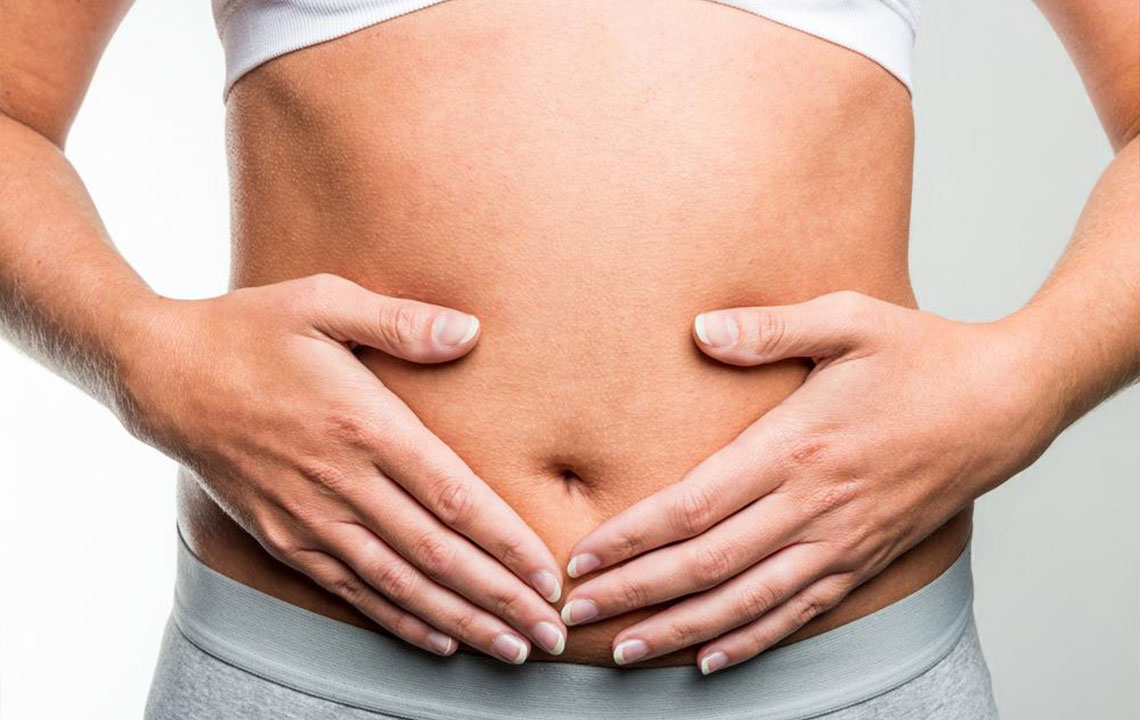Hemorrhoids – Types, Symptoms, and Causes
Hemorrhoids is derived from the Greek word haimorrhoides, which are veins that may discharge blood. Hemorrhoids or piles are nothing but cushions that help stool control. These become problematic when the aggravated veins get swollen, stretched, and irritated. These aggravated clusters of enlarged vessels usually cause discomfort, pain, and irritation in the anus or lower rectum.
Causes of hemorrhoids are many, but one cannot determine the actual trigger for symptomatic hemorrhoids.

- Internal hemorrhoids
These are the most harmless type of lumps that lie inside the rectum and rarely cause any apparent symptom. In the event of aggravation, these may damage hemorrhoid’s surface causing it to bleed. Often, strain or excessive dilation may cause the internal hemorrhoid to protrude or prolapse and cause rectal bleeding. When this happens, these protrusions may cause irritation, itching, and pain. - External hemorrhoids
These are noticeable lumps under the skin around the anus that cause irritation, itching, and discomfort when aggravated. - Thrombosed hemorrhoids
When blood from external hemorrhoid forms a clot or thrombus, it causes acute pain, inflammation, and a hardened cluster around the anus.
While these three types are distinct in their causes, all kinds of hemorrhoids show similar symptoms and early signs. Some of these have been listed below.
- Painless bleeding
While the amount of bleeding may vary, often hemorrhoids cause painless bleeding during bowel movements. - Itching
Hemorrhoids when aggravated, cause irritation and a whole lot of itching in and around the anus. - Inflammation
Often, hemorrhoid causes inflammation coupled with pain, discomfort, and difficulty sitting. A lump near the anus that becomes sensitive may also get swollen and become a thrombosed hemorrhoid. - Other symptoms
Apart from the prominent signs mentioned above, sometimes hemorrhoids may be symptomless and may go away on their own. Other symptoms may include fecal leakage, weakness, painful lumps, and the like.
While the prime causes of hemorrhoids formation cannot be determined every single time, there are several causes of hemorrhoids. Some of these are listed below.
Chronic constipation
Since constipation causes continuous straining during bowel movements, it causes the veins in and around the anus to swell and bulge. The inflammation caused due to chronic constipation or severe diarrhea may put pressure on the blood vessels and cause the rectum to stretch and cause irritation, pain, itching, and discomfort. In some cases, patients may also discharge blood during the bowel movement.
Pregnancy
Pregnancy is one of the most common causes of hemorrhoids that usually occurs around the third trimester when the uterus increases. With the enlarged uterus, the pressure in the blood vessels also increases, thereby causing the veins in the rectum to swell. Additionally, hormonal changes during pregnancy weaken the rectal muscles causing pressure on the anus. Continuous standing during pregnancy also causes inflammation and formation of hemorrhoids.
Continuous sitting
Prolonged sitting in general and on the toilet, causes increased stress on the veins around the anus that causes lumps to develop in or around it.
Obesity
It is proven that people who are overweight are at a higher risk of getting hemorrhoids. The excess weight inevitably puts increased pressure and strain on the rectal and anal veins causing painful and irritating sensations around the anus. Drinking enough fluids and doing some regular exercise is known to strengthen the veins.
Aging
With age, the veins around the lower rectum and the anus tend to weaken that puts older people at a risk of developing hemorrhoids.
Low-fiber diet
A diet low in enough fibrous component leads to small caliber stool that causes strain during bowel movement and eventually an uncomfortable case of chronic constipation. It is, therefore, important you incorporate a balanced amount of fiber in your diet.
Anal intercourse
Many believe that indulging in anal intercourse may be one of the reasons for the formation of hemorrhoids. In some cases, excursion on the rectum and anal veins due to prolonged anal intercourse may lead to inflammation. On some occasions, inflammation may lead to clumping of the veins.
Other potential causes of hemorrhoids
Apart from the common causes that have been listed above, several other factors may contribute to developing a tendency of hemorrhoids. Activities like lifting heavy objects may also cause strain on the veins that could lead to hemorrhoids. Additionally, many people may inherit the tendency of weak stool, and strain around the anus, leading to the development of hemorrhoid.